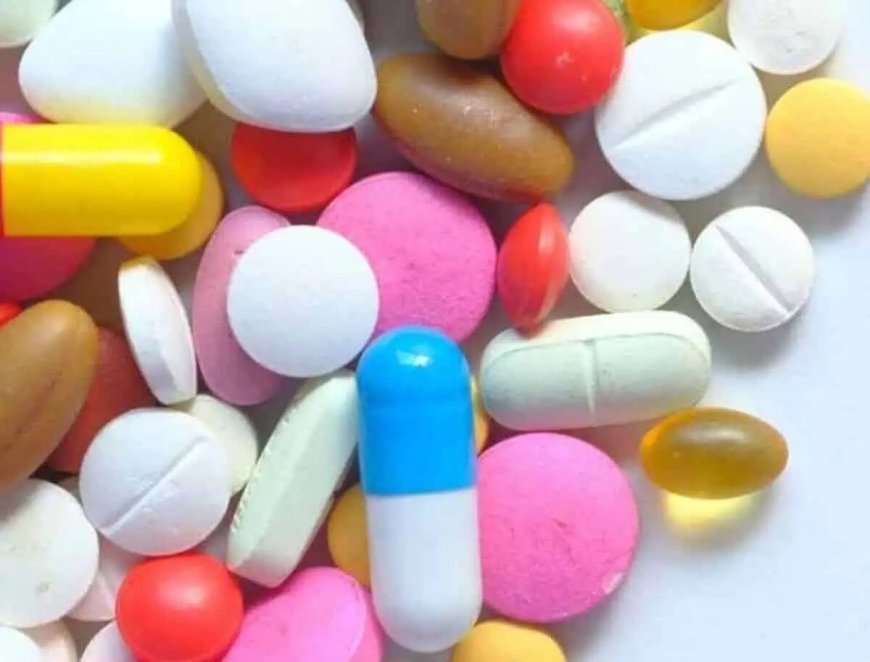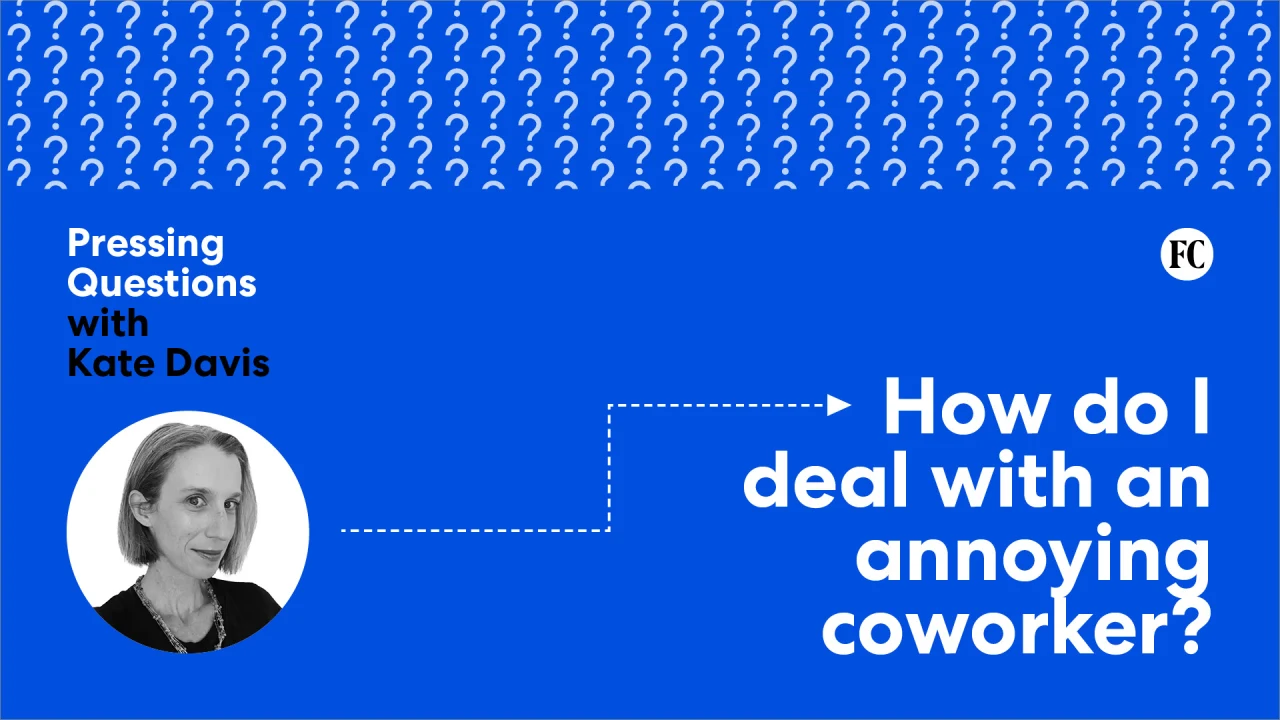How Life-Saving Drugs Transform Lives Around the World

Introduction: Life-Saving Drugs—The Backbone of Modern Medicine
Every day, people around the world fight serious diseases—cancer, infections, heart disease, and more. What helps many of them win that fight? Life-saving drugs. These medicines may not wear capes, but they are heroes. They help people survive dangerous illnesses, live longer, and stay healthy. Without them, many common and rare conditions would still be deadly. This article will explore different types of life-saving drugs, how they work, why they are important, and the role they play in modern healthcare.
Lapatinib distributor for life-saving drugs for health ensures timely access to essential cancer treatment worldwide.
1. What Are Life-Saving Drugs?
Life-saving drugs are medicines that can prevent death or major illness. These drugs treat or manage diseases that could become fatal if left untreated. They don’t just reduce pain or symptoms—they stop diseases in their tracks. For example, antibiotics save people from deadly infections, insulin keeps people with diabetes alive, and chemotherapy drugs fight cancer. Without these medications, millions of lives would be lost every year.
2. Antibiotics: Defenders Against Deadly Infections
Before antibiotics were discovered, even a small wound or sore throat could become life-threatening. But thanks to drugs like penicillin and amoxicillin, doctors can now treat bacterial infections quickly and effectively. Antibiotics work by killing harmful bacteria or stopping them from growing. They are used to treat infections in the lungs, skin, stomach, and other parts of the body. However, it’s important to use them carefully because overuse can lead to antibiotic resistance, where bacteria become strong enough to survive treatment.
3. Antiviral Drugs: Fighting Dangerous Viruses
Viruses like HIV, hepatitis, and the flu can be deadly. Antiviral drugs help stop these viruses from growing or spreading in the body. For example, antiretroviral therapy (ART) is a group of drugs used to treat HIV. It doesn’t cure HIV, but it keeps the virus under control so people can live long, healthy lives. Another example is oseltamivir (Tamiflu), which helps reduce the severity of the flu. During the COVID-19 pandemic, antiviral drugs became more important than ever in saving lives.
4. Cancer Medicines: Chemotherapy, Targeted Drugs, and Immunotherapy
Cancer is one of the leading causes of death worldwide. Life-saving cancer drugs come in many forms. Chemotherapy drugs like cyclophosphamide kill fast-growing cancer cells. Targeted drugs like imatinib only attack cancer cells with certain features, causing fewer side effects. Immunotherapy drugs like pembrolizumab help the body’s immune system fight cancer. These treatments can shrink tumors, stop cancer from spreading, or even cure some cancers. Each year, millions of people survive cancer because of these powerful drugs.
5. Insulin: A Lifeline for People with Diabetes
Diabetes is a condition where the body can’t properly manage sugar levels in the blood. Without treatment, it can lead to blindness, kidney failure, or death. Insulin is a hormone that helps control blood sugar. People with type 1 diabetes need insulin shots every day to stay alive. Even some people with type 2 diabetes use insulin. Thanks to modern insulin pens and pumps, people can manage their condition more easily and live long, healthy lives.
6. Heart Medicines: Keeping the Beat Going
Heart diseases are among the top killers around the world. Life-saving heart drugs help prevent heart attacks, strokes, and heart failure. Some common heart medicines include:
-
Aspirin – Helps prevent blood clots.
-
Statins – Lower cholesterol levels.
-
Beta-blockers – Reduce blood pressure and heart strain.
-
ACE inhibitors – Help the heart pump better.
These medicines are often taken together in patients with heart problems. With proper use, they can add years to a person’s life.
7. Blood Thinners: Preventing Deadly Clots
Blood clots can cause serious problems like strokes, heart attacks, or lung blockages. Drugs called anticoagulants or blood thinners help stop clots from forming. Warfarin, heparin, and newer drugs like apixaban are used for this purpose. They’re especially important after surgeries or for people with heart rhythm issues like atrial fibrillation. By keeping the blood flowing smoothly, these drugs prevent life-threatening conditions.
8. Anti-Seizure Drugs: Saving Lives from Dangerous Brain Activity
Seizures happen when there’s unusual electrical activity in the brain. Some seizures can be deadly if not controlled. Anti-seizure drugs, also called anticonvulsants, help stop seizures or prevent them from happening. Drugs like valproate, carbamazepine, and lamotrigine help people with epilepsy or brain injuries. These medicines allow people to live normal lives and avoid the dangers of uncontrolled seizures.
9. Anti-Tuberculosis Drugs: Fighting a Global Killer
Tuberculosis (TB) is a bacterial infection that usually affects the lungs. It spreads through the air and can be deadly. TB is still a big problem in many parts of the world. Drugs like isoniazid, rifampicin, and pyrazinamide are part of the treatment. Patients must take a combination of these drugs for several months. If taken correctly, they can cure TB completely. These medicines are critical in the global fight against TB.
10. Antifungal Drugs: Stopping Infections in Weak Immune Systems
Fungal infections can be serious in people with weak immune systems, such as cancer patients or those with HIV. Drugs like amphotericin B, fluconazole, and itraconazole are used to treat deadly fungal infections. These drugs can be given by mouth or injection, depending on the severity. Without them, many patients with weakened immunity would not survive infections that most people fight off easily.
Read more: Specialitymedz
11. Antimalarial Drugs: Life-Savers in Tropical Regions
Malaria is caused by a parasite spread by mosquito bites. It’s especially dangerous for children and pregnant women. Life-saving antimalarial drugs like artemisinin, chloroquine, and quinine help kill the parasite in the body. Fast treatment can prevent coma or death. In areas where malaria is common, these drugs save countless lives every year.
12. Corticosteroids: Emergency Relief from Inflammation and Allergies
Corticosteroids like dexamethasone and prednisone are used in emergencies to reduce inflammation. They are helpful during severe asthma attacks, allergic reactions, and autoimmune diseases. During the COVID-19 pandemic, dexamethasone saved lives by reducing lung inflammation in critical patients. These drugs must be used carefully due to side effects but can make a huge difference in serious conditions.
13. Pain Relief in Emergencies: Morphine and Beyond
In emergency settings, controlling severe pain is critical. Opioids like morphine are powerful painkillers that help during surgeries, accidents, or cancer treatment. When used correctly under medical supervision, they can reduce suffering and improve outcomes. While opioids have risks, they are essential tools in emergency care and surgery.
14. Vaccines: Prevention as the Best Medicine
Vaccines aren’t drugs in the usual sense, but they save lives by preventing diseases before they happen. Polio, measles, tetanus, and COVID-19 vaccines have all saved millions of lives. By training the body’s immune system to fight specific infections, vaccines stop disease from spreading and protect entire communities. They are one of the most powerful tools in public health.
15. Anti-Rejection Drugs: Helping Organ Transplant Patients
When someone gets a new organ, like a kidney or liver, their immune system may try to reject it. Drugs like cyclosporine and tacrolimus prevent this from happening. These anti-rejection medicines help the body accept the new organ and keep it working. Without them, transplants would not be possible, and many patients would die while waiting for a match.
16. Emergency Allergy Medications: Saving Lives in Seconds
Some people have life-threatening allergies to foods, insect stings, or medications. When they have a severe reaction (anaphylaxis), their airway can close, and their blood pressure can drop. The drug epinephrine, usually given as an injection (like an EpiPen), works fast to stop this reaction. It’s a must-have for people with serious allergies and has saved countless lives.
17. Mental Health Medications: A New Kind of Lifeline
Mental health conditions like depression, bipolar disorder, and schizophrenia can also be life-threatening. People with severe mental illness may have suicidal thoughts or behaviors. Drugs like antidepressants, mood stabilizers, and antipsychotics help stabilize brain chemicals. While they don’t cure mental illness, they offer hope and safety for millions of people around the world.
18. Respiratory Medications: Breathing Life Into Patients
People with asthma, chronic obstructive pulmonary disease (COPD), or other lung problems rely on inhalers and drugs that open their airways. Medicines like salbutamol, budesonide, and theophylline help relax the lung muscles and reduce swelling. These drugs can prevent death from severe asthma attacks or breathing problems, especially during emergencies.
19. Life-Saving Drugs for Children
Children often face different health risks than adults. Vaccines, antibiotics for infections, and oral rehydration salts for diarrhea are just some of the drugs that save young lives. In low-income countries, these basic medicines prevent thousands of child deaths every day. Pediatric formulations are specially made to suit young bodies and small doses.
20. The Future of Life-Saving Medicines
Medical science keeps moving forward. New types of life-saving drugs are being discovered through genetic research, artificial intelligence, and biotechnology. For example, gene therapies may one day cure inherited diseases. Personalized medicine tailors drugs to a person’s genes. These innovations could make future treatments even more powerful and precise.
Conclusion: Celebrating the Silent Heroes
Life-saving drugs are the invisible heroes of our world. They work quietly in hospitals, homes, and clinics—turning death into survival, pain into relief, and fear into hope. From cancer to infections, from heart disease to allergies, these medications keep millions of people alive every day. They are not just chemicals in a bottle—they are symbols of human progress, compassion, and the will to heal. As we look to the future, we must ensure everyone has access to these life-saving miracles, no matter where they live or how much money they have.




































































![https //g.co/recover for help [1-866-719-1006]](https://newsquo.com/uploads/images/202506/image_430x256_684949454da3e.jpg)

























![[PATREON EXCLUSIVE] The Power of No: How to Say It, Mean It, and Lead with It](https://tpgblog.com/wp-content/uploads/2025/06/just-say-no.jpg?#)





















































